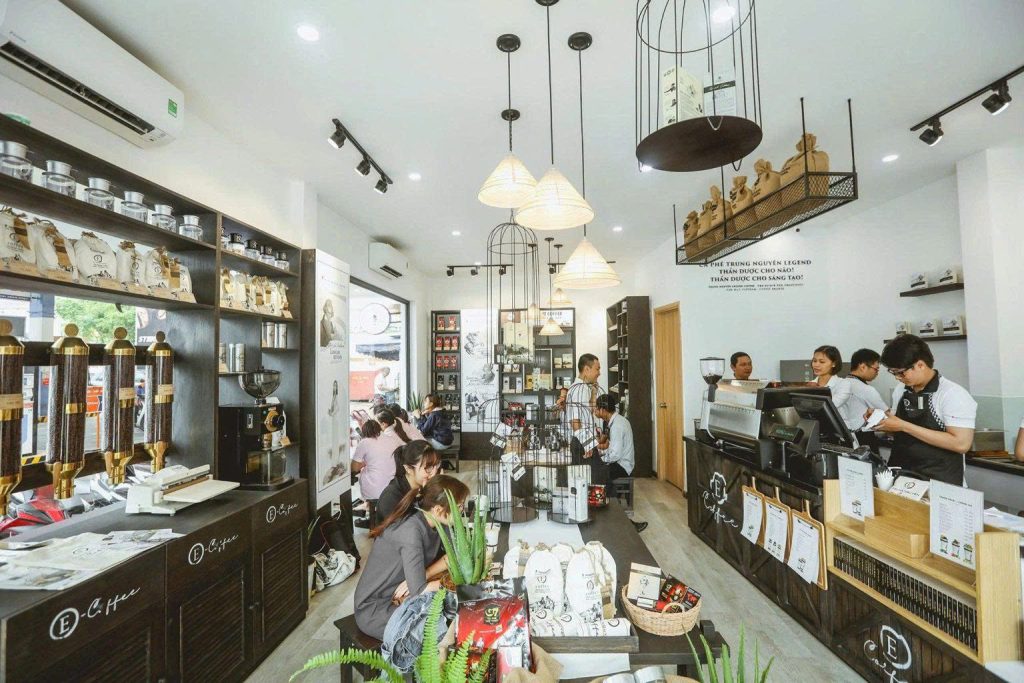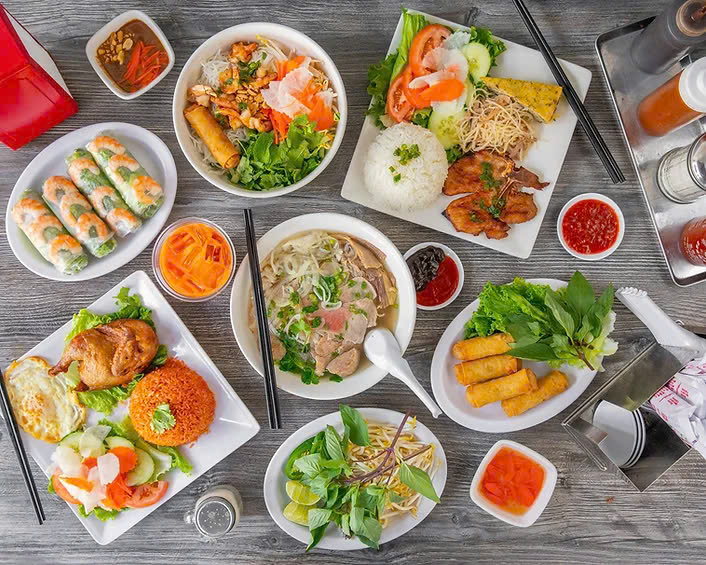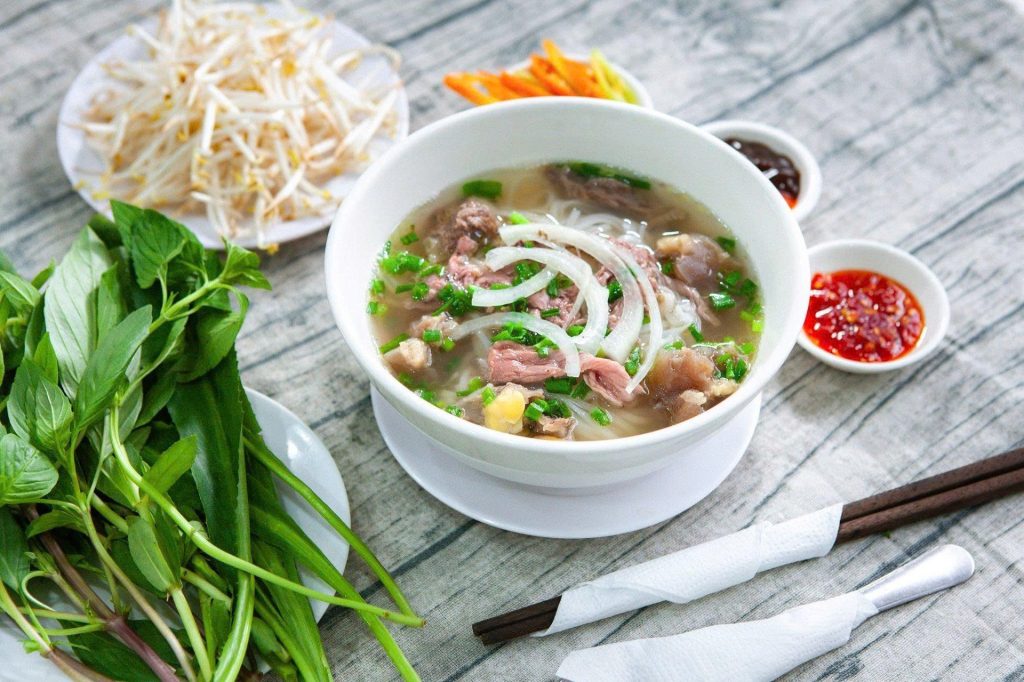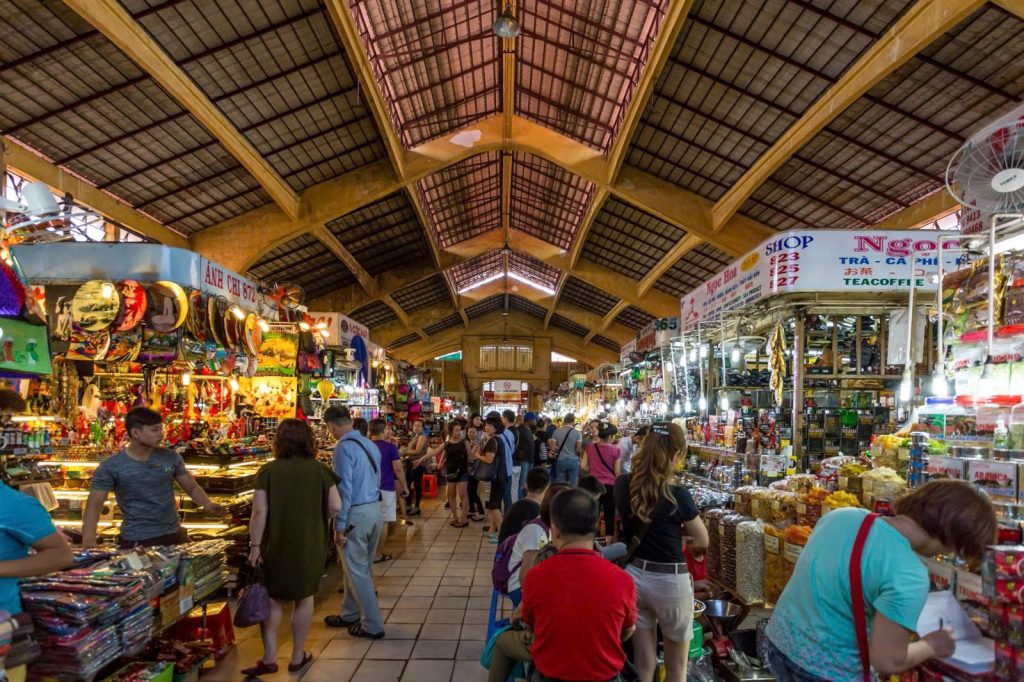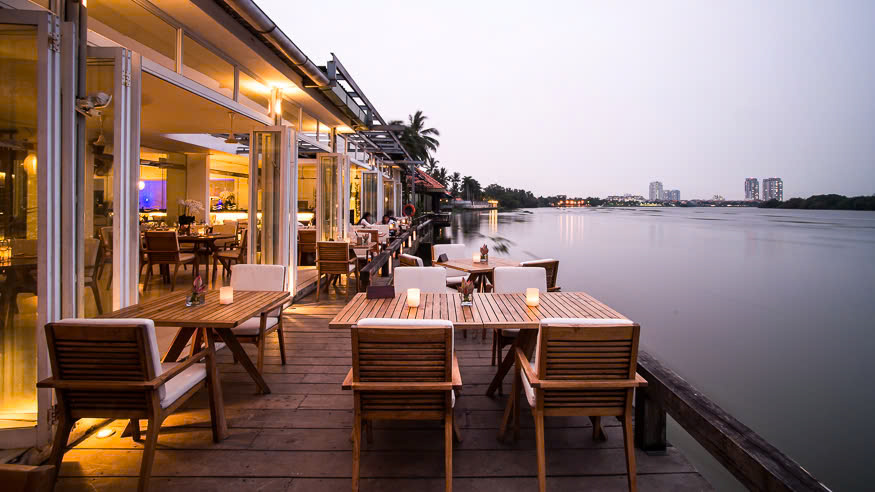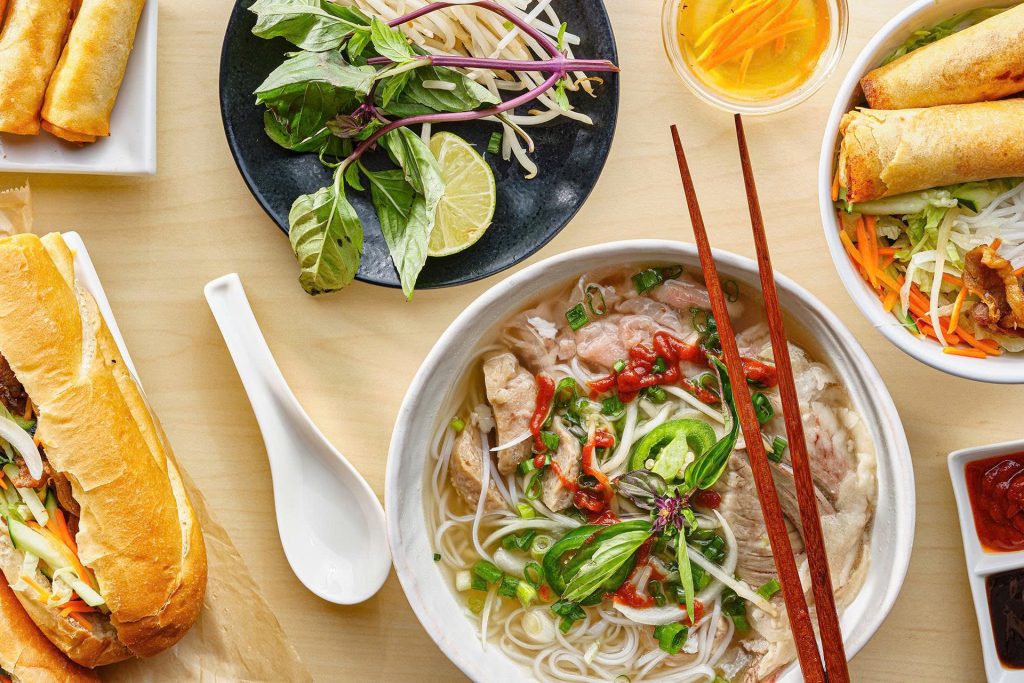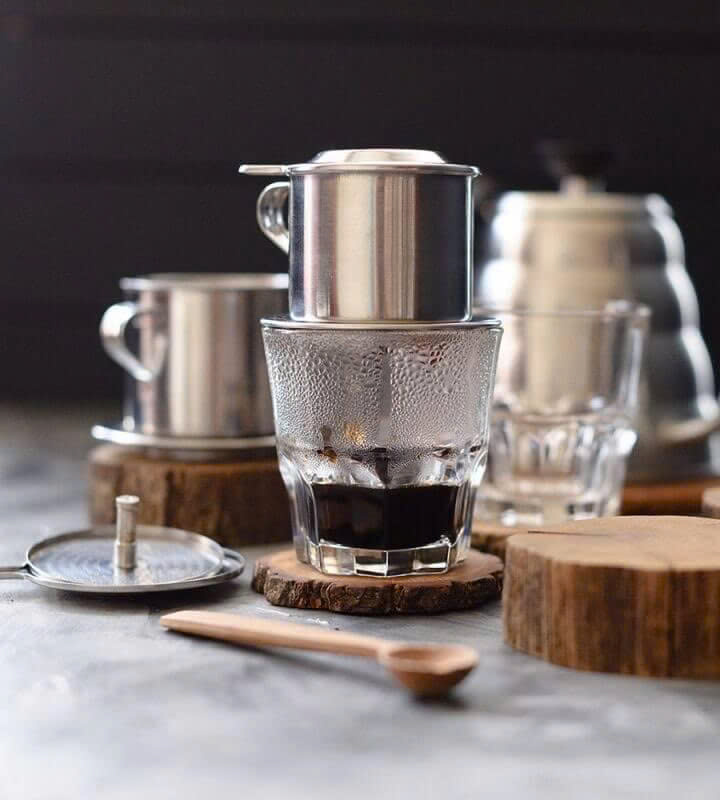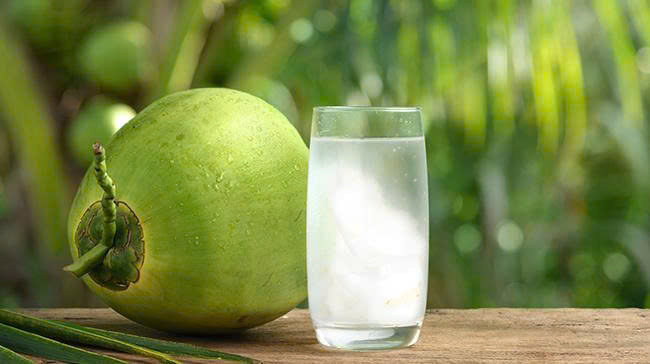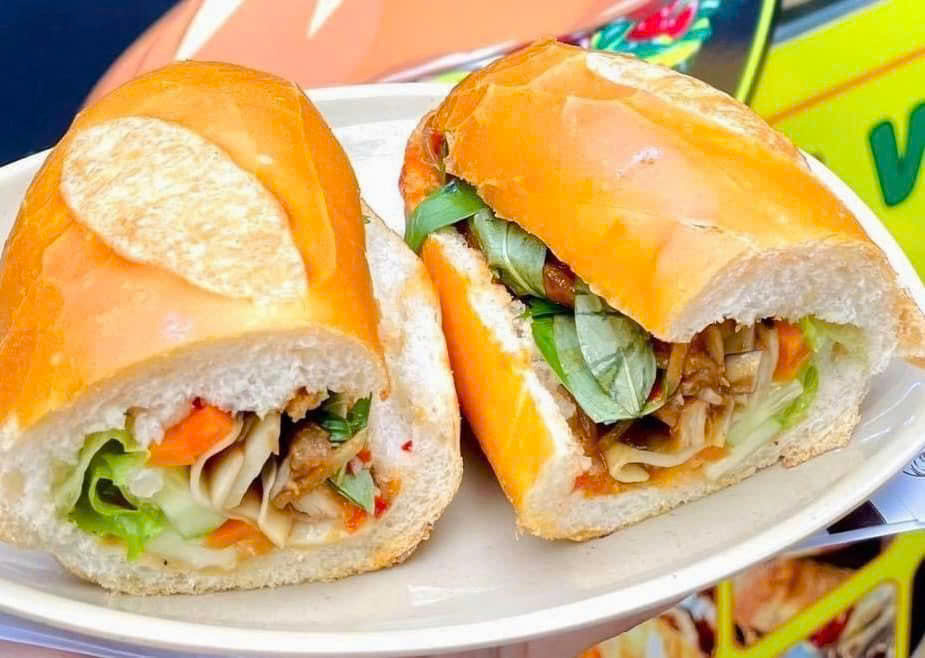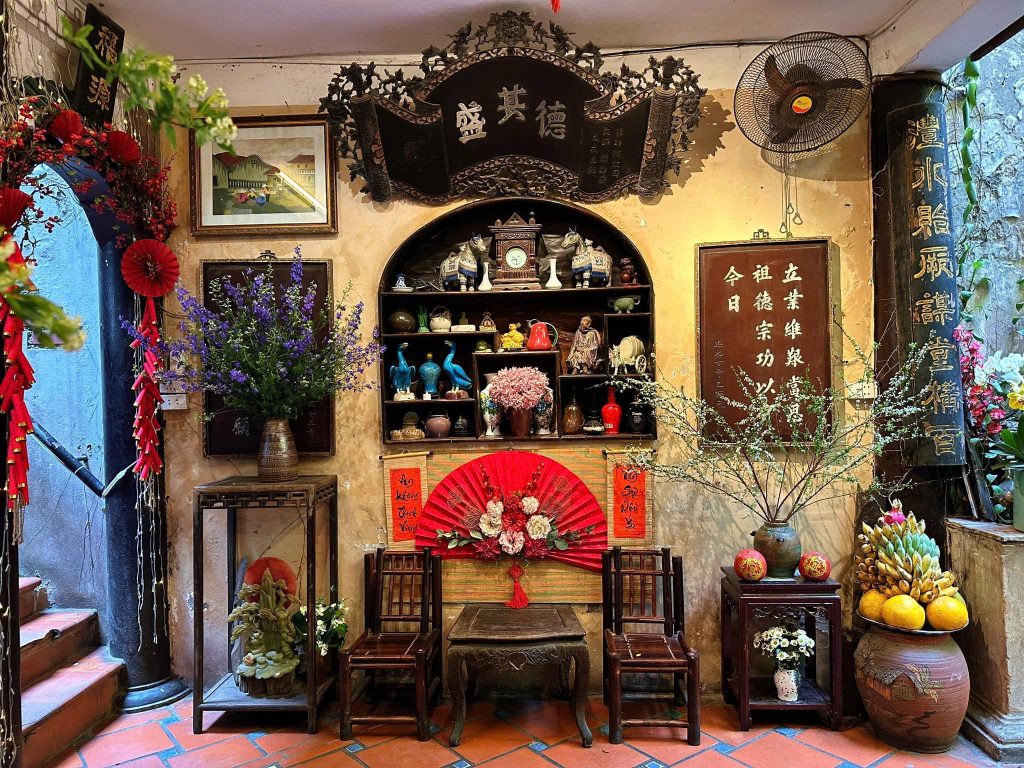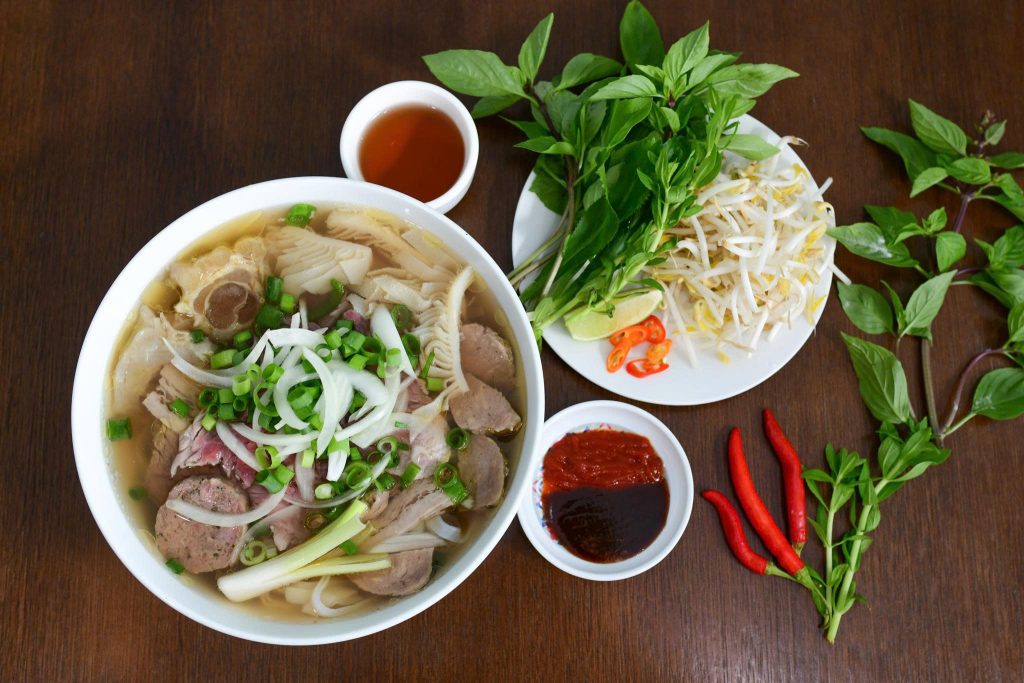Cold noodles, a distinctive dish from Korean and North Korean cuisine, represent one of the few global culinary creations served with a chilled broth, offering a welcome respite from the summer heat.
Naengmyeon: Korea’s Refreshing Summer Delight
Koreans adore Naengmyeon, a chilled buckwheat noodle dish, during the summer. Its distinctively icy quality offers a refreshing contrast to the hot weather. Moreover, this dish significantly represents the Korean Peninsula’s gastronomy, and many international visitors appreciate it.
The Korean Peninsula Gives Birth to Naengmyeon
North Korea generally holds recognition as the birthplace of Naengmyeon; its emergence links to Pyongyang and Hamhung. The necessity to preserve food during the long and harsh winters in these areas likely contributed to its creation. People traditionally consumed buckwheat noodles with radish kimchi, napa cabbage kimchi, and a few pork slices.
South Korea Adapts Naengmyeon

Following the division of the Korean Peninsula, many northerners migrated south, bringing their Naengmyeon recipes. Restaurants specializing in Naengmyeon began appearing in Seoul and other major South Korean cities. Consequently, the dish evolved into an integral component of contemporary South Korean cuisine.
Distinctive Noodles Define Naengmyeon
Naengmyeon’s chilled noodles are mainly made from buckwheat flour. Due to its resilience in nutrient-poor environments, buckwheat became a staple food that was easy to come by. For a uniquely elastic, delicate, and smooth texture, some recipes incorporate sweet potato or potato starch into the noodle-making process.
Tradition Shapes the Broth
Anciently, the liquid served with Naengmyeon was either dongchimi (a watery radish kimchi) or a stock made from meat.This method provided a cooling element and efficiently utilized available ingredients. Ancient records mentioning Naengmyeon indicate that during the Goryeo Dynasty (918-1392), a technique existed for “mixing noodles into cold broth and eating.” King Gojong of the Joseon Dynasty particularly favored cold noodles, often purchasing them from outside the palace and enhancing them with meat, pear, and pine nuts.
Modern Broth Enhances Naengmyeon
Today, the commonly used chilled broth typically features a base of beef (beef bone or stewed beef) or chicken, combined with dongchimi (watery radish kimchi) to impart a refreshing sour note. They thoroughly chill the broth and often add ice to maintain its coldness. Some establishments enhance its purity by adding pear juice or mineral water.
Common Accompaniments Enhance the Dish

Naengmyeon typically comes with thinly sliced beef, a boiled egg, various vegetables, finely julienned cucumber, young radish, or radish kimchi. Sliced pear often adorns the bowl, contributing a subtle sweetness and crispness. Diners frequently season their noodles with a touch of mustard or vinegar. Roasted sesame seeds or shredded seaweed often serve as garnishes.
Two Main Styles Distinguish Naengmyeon
Presently, cooks generally serve cold noodles in two primary styles, distinguished by their broth: water Naengmyeon and mixed Naengmyeon.
Water Naengmyeon Contrasts with Mixed Naengmyeon
Water Naengmyeon (mul naengmyeon) features the aforementioned ingredients served in a cold broth. Variations in the broth’s preparation, along with the type of meat and vegetables used, lead to further subcategories. In contrast, mixed Naengmyeon (bibim naengmyeon) is typically spicy. It includes a vibrant red chili pepper sauce or a mixture of chili powder, sesame oil, garlic, sugar, and vinegar, creating a spicy, sweet, and sour flavor profile. Some versions even include raw fish.
Regional Variations Influence Preparation
Regional differences also influence Naengmyeon preparations, resulting in slight variations in ingredients. Cooks prepare Naengmyeon in the Pyongyang style with a clean, subtly spiced broth, where a delicate sourness and a fresh feel are key. However, the Hamhung style distinguishes itself with a spicier inclination, a rich and dense sauce, and the occasional addition of seafood like aged skate. The Yeolmu style’s defining characteristic is the inclusion of young radish kimchi (yeolmu), which imparts a crisp texture and a slightly tangy flavor.
Cultural Exchange Highlights Naengmyeon
During South Korean President Moon Jae-in’s historic visit to North Korea for the 2018 inter-Korean summit, North Korean leader Kim Jong Un notably brought the head chef of Okryugwan, Pyongyang’s most famous cold noodle restaurant, along with noodle-making equipment, to treat the South Korean president. People widely regarded this event as a symbol of cultural exchange and reconciliation.
A Unique Chilled Dish Sets Naengmyeon Apart
Among the world’s diverse cuisines, cold noodles are one of the few dishes traditionally served with ice. Due to its refreshing nature, Koreans commonly enjoy Naengmyeon during the summer months. This dish has become a unique and cherished element of Korean culinary culture. They often serve Naengmyeon with scissors, allowing diners to cut the long strands of noodles for easier eating. In Vietnam, many Korean restaurants also feature this refreshing dish on their menus.


